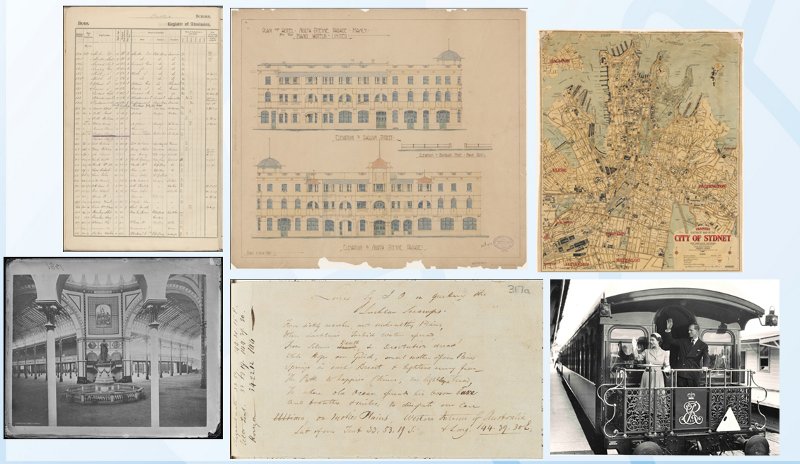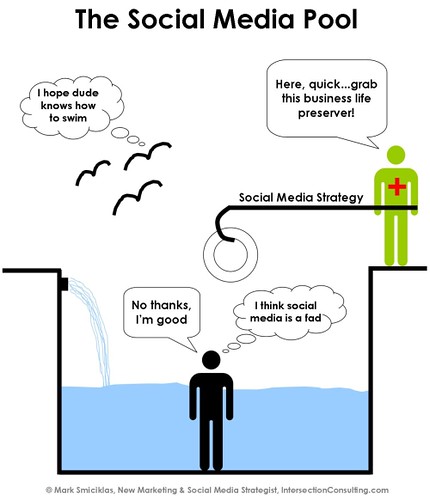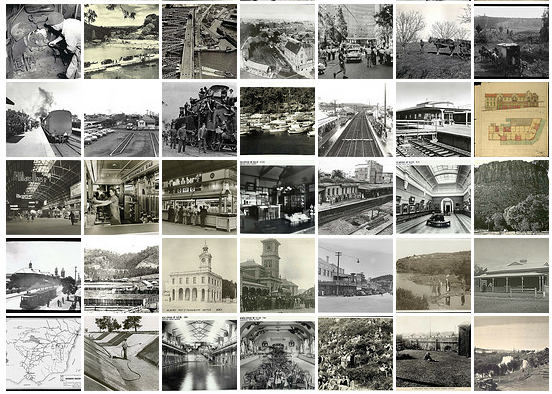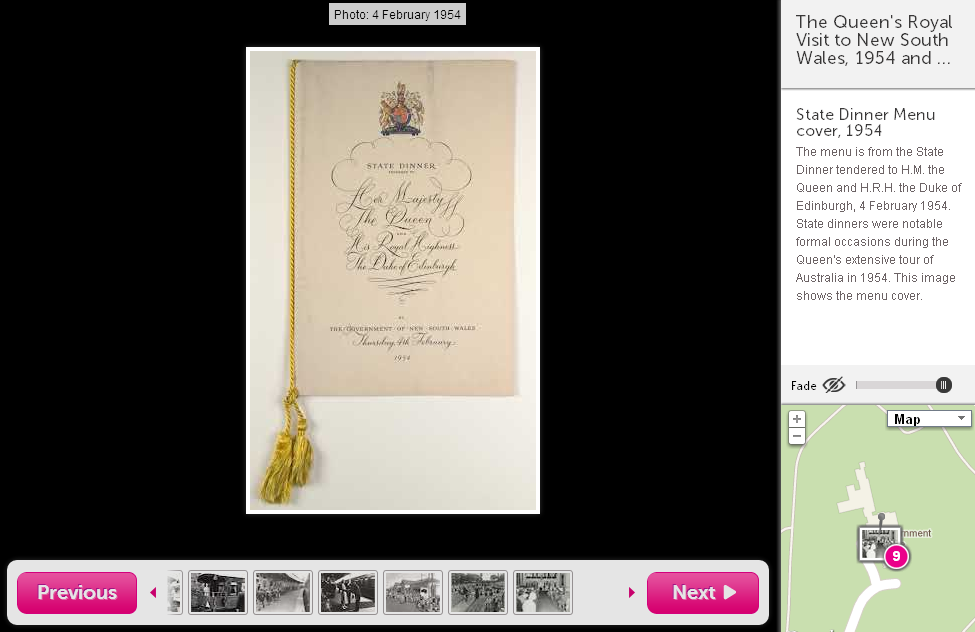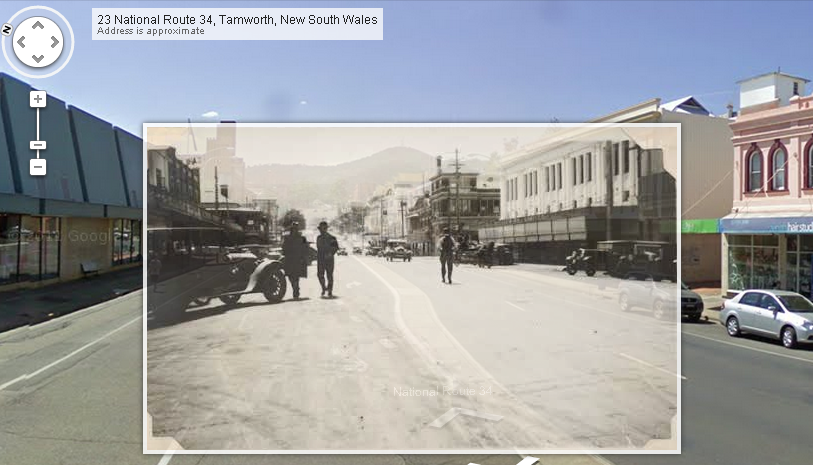This is the first in a series of posts on starting a digitisation program. In the series we’ll be talking about: project planning; technical specifications; handling the archives; scanning tips; file storage, and; metadata and access.
Much of this advice is based on experiences at State Records and we’ll be using examples of State Records practices along the way.
You’ve had the big ‘digitisation’ idea, now where to start?
Whether it be a large-scale project to digitise a whole collection or a more targeted preservation-priority strategy you need to have a plan.
Factors to consider in your plan
We’ll go into some of these in more detail in later posts:
- scanning – to scan in-house or to outsource
- prioritising the workload – will you begin with the most requested series in the collection or the more fragile items that are in need of preservation, or will you embark on a digitisation-on-demand approach
- prepping the records – is conservation required, do the archives need re-housing after digitisation, are the items being indexed as part of the project
- technicalities – what resolution for the ‘master’ file, what is bit-depth, what is file compression, what equipment will be needed
- time-frames – and workflows depend on the size of the collection and the number of staff allocated to the digitisation project
- metadata – what are the requirements, generating a unique identifier etc
- quality assurance checks
- storage of digital images – long-term and ongoing costs involved
- what is the plan for the image files – will they become accessible on your website, in an online gallery, in a searchable database, on a social media site such as Flickr, will you need IT expertise to fulfil your vision.
Remember: A digitisation project requires a financial investment – from the initial scanning of the archives (whether it be in-house or outsourced) to the ongoing digital image storage costs. Defining expected costs as part of your planning process will ensure you have adequate resources.
Consult far-and-wide
A digitisation program will have an impact on other areas in your organisation. Are you the sole full-time staff member assigned to the program? Will staff from other areas be involved part-time or will there be a new team dedicated to the cause?
An in-house advisory group will allow managers and staff across the board to discuss possible issues and modify existing workflows before the program begins.
Some of the questions we had to consider here at State Records:
Conservation
Will Conservation staff suddenly be flooded with extra work to prepare archives for scanning? How will the workload be prioritised? Has time for preservation been allotted into the overall time-frame of the project?
Your Conservation team may need to do a ‘health-check’ on the archives that have been flagged for digitisation. The more fragile the records, the more time may be needed in Conservation. This may change digitisation priorities – other records could be pushed to the top of the digitisation list while the less robust records undergo conservation work. Be prepared to be flexible.
Reading room requests
Will archives become inaccessible to researchers while digitisation is in progress? How long for? Public Access staff will need to be made aware of any delays so that notices (online and offline) can be issued to the public that certain records are temporarily unavailable.
Arrangement and Description – archives control and management
Will workflows for staff processing archives be interrupted? Record series on the digitisation list that are not fully processed might need to be slotted in to current work schedules.
Do the archives need re-housing post-digitisation? And if so, will databases need to be updated listing new storage locations?
The digitisation team
Whether or not you have a dedicated digitisation team for in-house scanning the staff involved may need training (or refresher courses) on using equipment such as scanners, cameras, computer software, file storage and advice on handling the archives. You will also need to stay up-to-date with new technologies, equipment and processes.
If you are planning to scan in-house, scope out the equipment you will need and costs involved.
Other organisations
When our Project Officer, Digitisation was appointed and began scoping out the program – way back in 2001 – she started by consulting other cultural organisations who already had digitisation programs in place. Via websites, on the phone and by email, she formulated a list of standards, processes and equipment required.
Some organisations have fully fledged digitisation programs with large budgets and can fulfil large quotas of scanning. It’s a matter of finding the balance of do-able digitisation within the boundaries of your own resources.
Visualising your program
You’ve read some ideas above on what you need to consider in your plan so now it’s time to put pen to paper: visualise your program, consult with staff and begin costing equipment, storage (a handy equation will be available in a later post) and staff resources.
Before we go, a quick look at what you can digitise and some pros and cons of in-house versus outsourced scanning.
What can you digitise?
Practically anything! A range of historic material can be digitised including:
- large books/registers/volumes
- manuscripts/documents/files
- maps/plans
- illustrations/photographs
- negatives/transparencies (including glass plates and lantern slides)
- audio recordings, and
- cinematic film.
In-house scanning vs outsourced digitisation
| In-house scanning | Outsource scanning |
|---|---|
| You retain control of handling and storage of archives | Archives need to go off-site, less control over the records |
| Technical process can be fully controlled & modified as/if needed – a dedicated ‘digitisation’ space required | Less control over imaging process, therefore a need to clearly define technical specifications at the outset |
| Costs for staff training, scanning/storage equipment and software | Pay for the cost of scanning only, storage equipment still required |
As you can see in the table above there are pros and cons for both in-house and outsourced scanning. At State Records NSW we scan our original archives in-house and digitising of microformed records is outsourced.
In the next post we’ll talk about the golden rule of digitisation.

